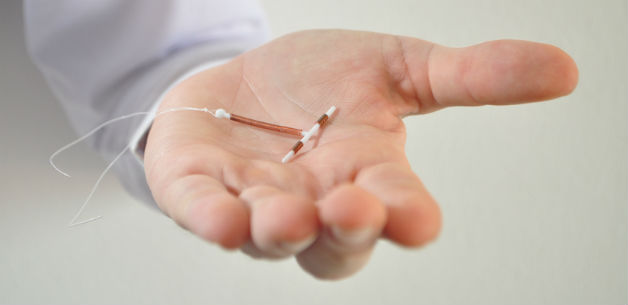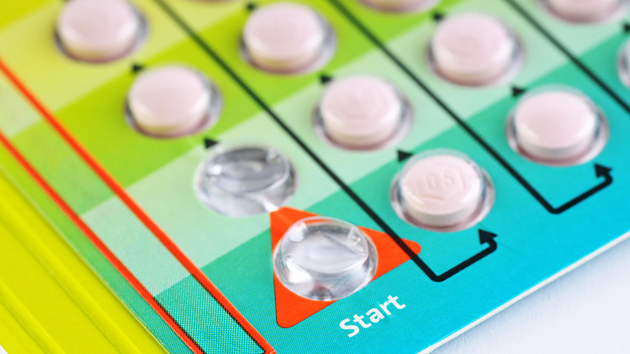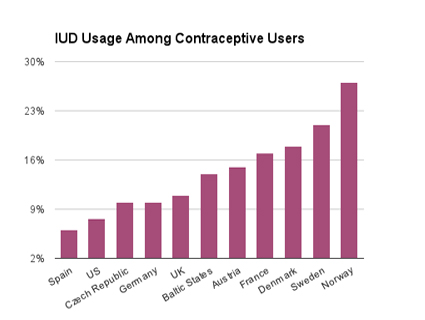
<a href="http://www.shutterstock.com/gallery-973951p1.html">JPC-PROD</a>/Shutterstock
For the first time, the American Academy of Pediatrics recommended long-acting reversible contraception, like IUDs and contraceptive implants, as “first-line contraceptive choices for adolescents.” The guidelines, published in the journal Pediatrics on Monday, encourage pediatricians to discuss these long-acting options, known as LARC methods, before other contraceptive choices for adolescents because of the products’ “efficacy, safety, and ease of use.”
It’s no secret that a lot of teens have sex; according to the report, nearly half of US high school students report having had sexual intercourse. Each year, 750,000 teenagers become pregnant, with over 80 percent of the pregnancies unplanned.
But the recommended AAP guidelines are a huge step away from the current practices of the 3.2 million teenage women using contraceptives; in fact, it seems that the frequencies with which teens use contraceptives are inversely related to their efficacy. Here’s a breakdown of contraceptive use among today’s teenagers:
- Male condoms are by far the most frequent choice of contraception, with over half of teenage women reporting condom use the last time they had sex. According to the Centers for Disease Control, condoms have an 18 percent failure rate.
- The pill, used by 53 percent of teenage girls using contraceptives, has a 9 percent failure rate.
- Contraceptive implants are small rods that, when inserted under the skin of the upper arm, release steroid hormones, preventing pregnancy for up to three years with a .05 percent failure rate. According to the Guttmacher Institute, implants and other hormonal methods, like hormonal patches or rings, are used by 16 percent of teens using contraceptives.
- Intrauterine devices, or IUDs, are small, T-shaped devices that, once implanted in the uterus, can prevent pregnancy for up to 10 years with a failure rate of less than 1 percent. IUDs are one of the most popular contraceptive methods in other developed countries, but, largely due to misconceptions that developed in the 70s, they’re used far less frequently in the US. Only 3 percent of teens using contraceptives rely on IUDs.
Following similar guidelines published in 2012 by the American College of Obstetricians and Gynecologists, the AAP report makes clear that teenagers using LARC methods should still use condoms to prevent STIs, and doctors should still talk to their patients about all contraceptive methods, tailoring “counseling and recommendations to each patient.” The Affordable Care Act requires insurance plans to cover LARCs, including progestin implants and IUDs.
















